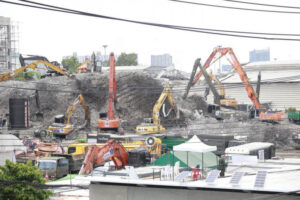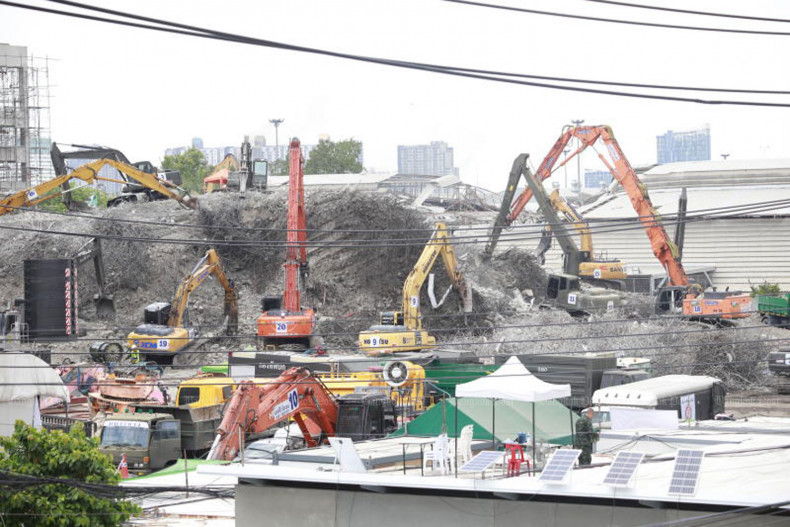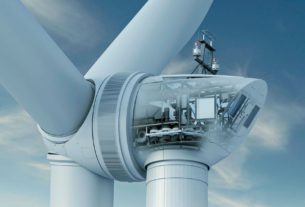
Reduced thickness of Elevator shaft walls now in focus on Bangkok’s collapsed State Audit Office building
The State Audit Office (SAO) has issued a statement explaining the decision to reduce the thickness of the walls of the elevator shafts at its new 30-storey building, which allegedly contributed to the structure’s collapse during an earthquake.
According to the statement, the thickness of the shaft’s walls was reduced to align with the proper building standards for the interior architecture.
The SAO said in the statement that ITD-CREC, a joint venture between SET-listed Italian-Thai Development Plc and China Railway No.10 Thailand Co, was awarded the contract to construct the building.
PKW joint venture was contracted by the SAO to supervise the project. A joint venture between Forum Architect Co and Meinhardt (Thailand) was contracted to design the building.
The construction contractor found that the size of the walls, combined with other decoration materials, would reduce the width of the corridor, which could violate a ministerial regulation issued by the Interior Ministry and the Building Control Act.
This prompted the contractor to seek advice from the construction supervisor and the construction designer.
The designer recommended that the shaft’s walls near the corridor be reduced from 30cm to 25cm with steel reinforcements added, the SAO said.
The change was verified by the supervisor and the designer, and the revised blueprint was sent back to the contractor. The change was also endorsed by the Auditor-General and the State Audit Commission, according to the statement.
Justice Minister Tawee Sodsong previously said the decision to trim the walls of the shafts could have contributed to the building’s collapse.
Pol Col Tawee said investigators are concerned about the shaft walls, as they are significantly thinner than those built in comparable buildings.
Typically, he said, the walls should be about 60 centimetres thick, but those at the SAO building were only 25cm.
Pol Col Tawee said a team of engineers will conduct a thorough investigation to determine if this played a role in the structure’s collapse.
The building’s original blueprints will be examined as part of the probe, he said.
As the contractor responsible for the project — China Railway No.10 (Thailand) — is a subsidiary of a Chinese state-owned company, Chinese authorities have been involved in the handling of the disaster.
Source: https://www.bangkokpost.com/thailand/general/3010760/elevator-shaft-walls-now-in-focus



